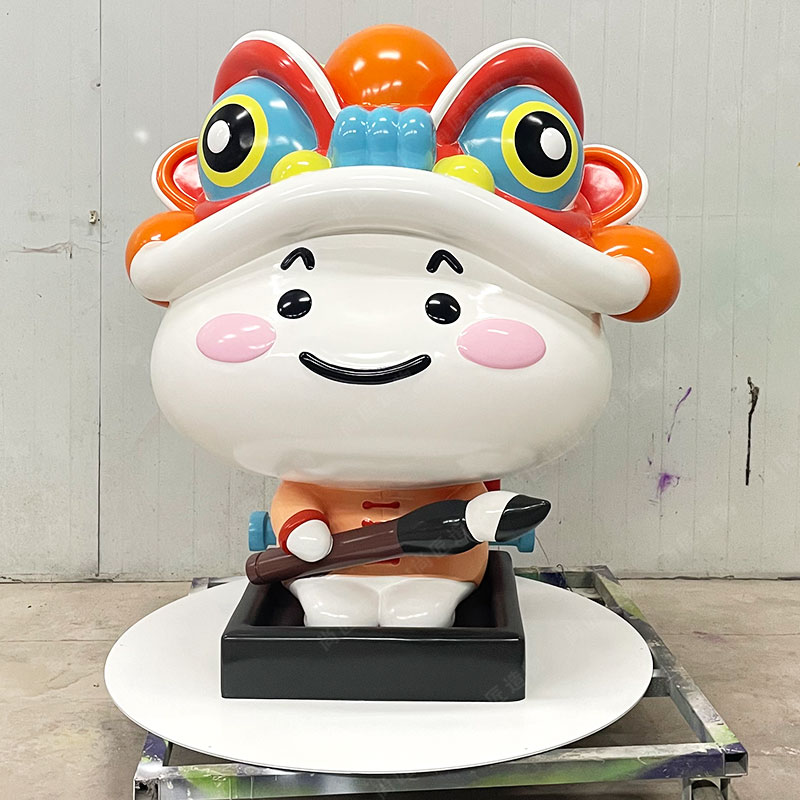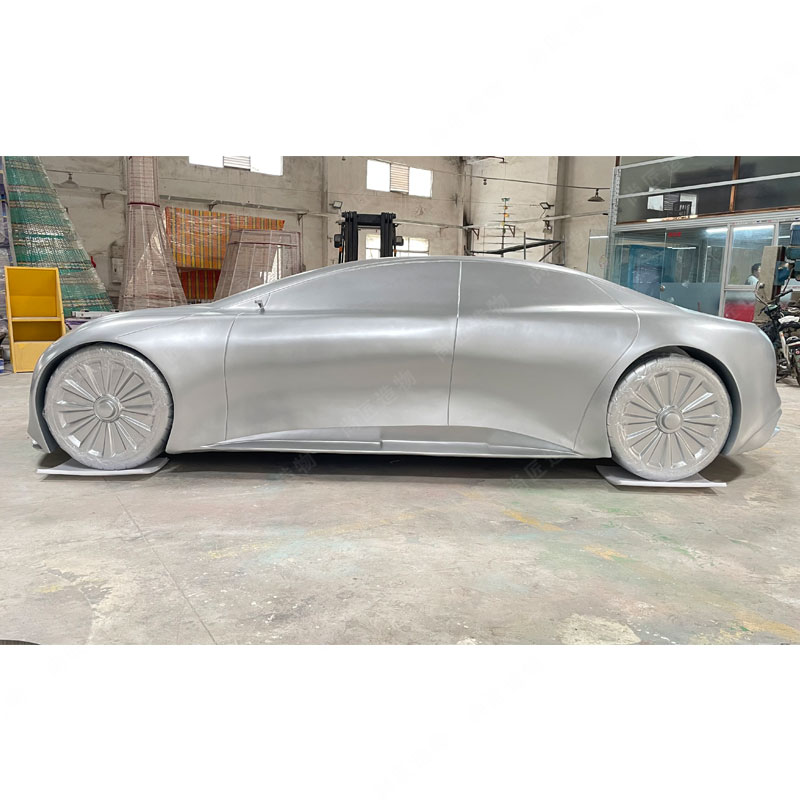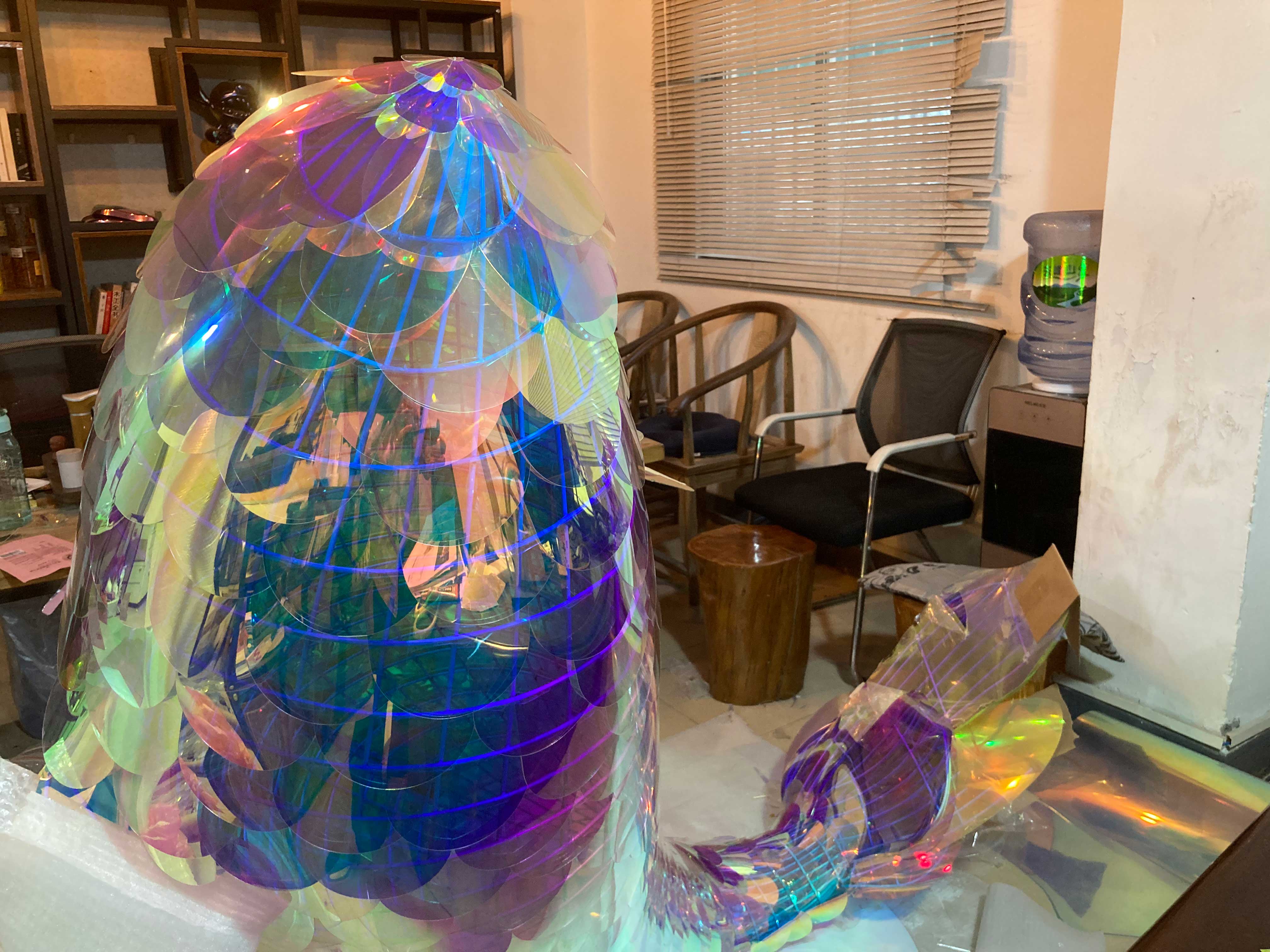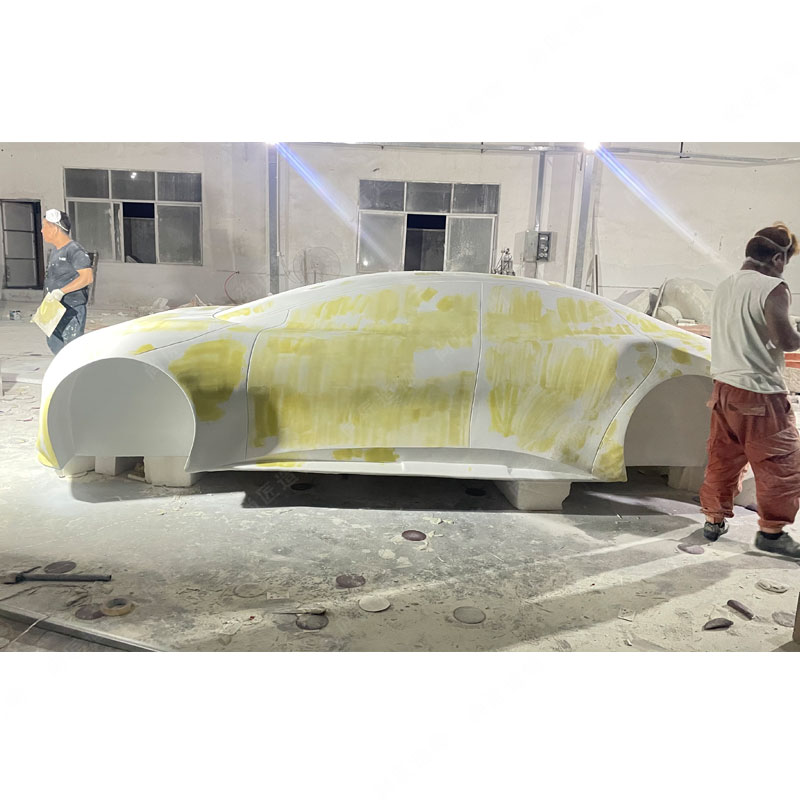Branded mascot sculptures serve as powerful physical symbols for organizations. Realistic statues create tangible landmarks that people can see, touch, and gather around, strengthening community bonds. These lifelike representations capture authentic details, making mascots feel present even when performers aren't nearby.
Moreover, such sculptures function as emotional connectors. They become natural backdrops for photos during events and daily campus life, fostering shared experiences. The Augusta University example shows how a well-placed statue instantly boosts visibility and becomes a focal point for pride.
Finally, these installations represent long-term investments in institutional identity. Durable materials ensure they withstand weather and time, becoming permanent symbols of tradition. Their physical presence constantly reinforces organizational values and spirit for everyone who interacts with them.
The Art of Branded Mascot Sculptures
Creating branded mascot sculptures is a specialized craft blending artistry and brand identity. Artists aim for striking realism, capturing every detail from fur texture to expressive features, ensuring the mascot feels alive and true to its character. This authenticity transforms a symbol into a tangible presence.
"A truly successful mascot sculpture transcends mere representation; it becomes an emotional anchor for the community, instantly recognizable and deeply resonant," notes a public art historian.
The choice of materials significantly impacts both the sculpture's lifespan and its visual impact. Durable options like stainless steel sculptureare often favored for permanent outdoor installations due to their weather resistance, while other materials offer different aesthetic qualities:
| Material | Best Suited For | Key Advantage | Common Finish |
|---|---|---|---|
| Bronze | Permanent Monuments | Timeless prestige | Patina (green/brown) |
| Stainless Steel | Modern Installations | High durability | Polished/Satin |
| Fiberglass | Indoor/Themed Spaces | Lightweight & vibrant | Painted (full color) |
Mastering scale is crucial. A towering statue commands attention in a public square, while a life-sized version creates intimacy. The process involves meticulous sculpting, often starting with clay maquettes before final casting. This dedication to craft ensures the final piece isn't just a statue, but a powerful, authentic embodiment of spirit, naturally fostering pride and serving as a vital emotional connector for institutions. This artistic foundation underpins their role as enduring symbols of identity.
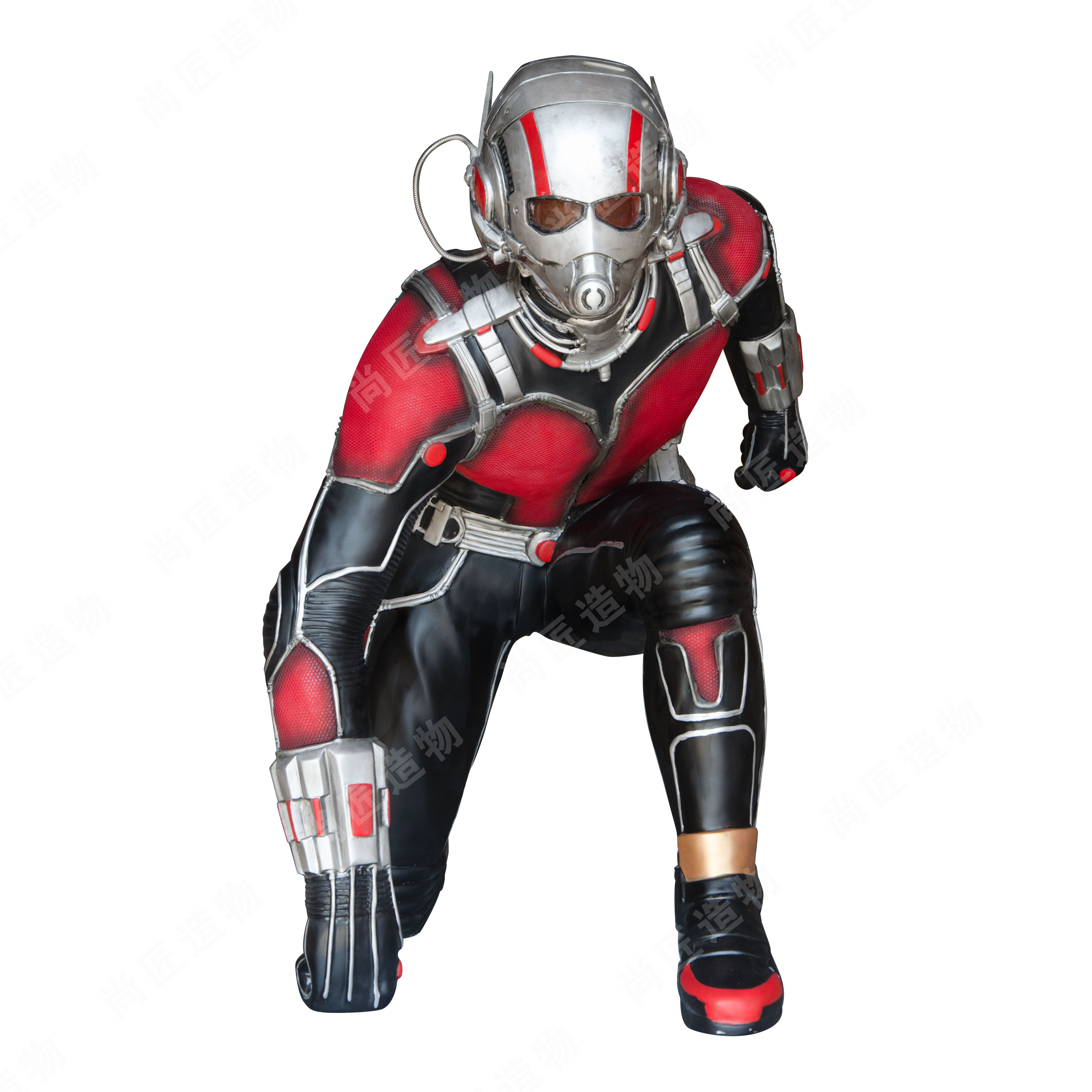
Defining Realistic Mascot Statues
Realistic mascot statues are detailed, three-dimensional sculptures designed to look like living characters. Unlike stylized or cartoonish versions, they aim for true-to-life accuracy. Think fur texture, muscle definition, and facial expressions you'd see on the actual mascot. They capture the mascot's exact look, posture, and spirit in solid form. These aren't abstract ideas; they're physical representations you can walk up to and touch.
A great example is the 6-foot-3-inch Augustus statue unveiled by Augusta University. This Realistic sculptureperfectly mirrors the university's live mascot. Every detail, from the costume folds to the determined stance, feels authentic. This lifelike quality makes the statue more than just decoration. It becomes a believable, permanent stand-in for the character it portrays. Such statues create a direct visual link to the institution's identity.
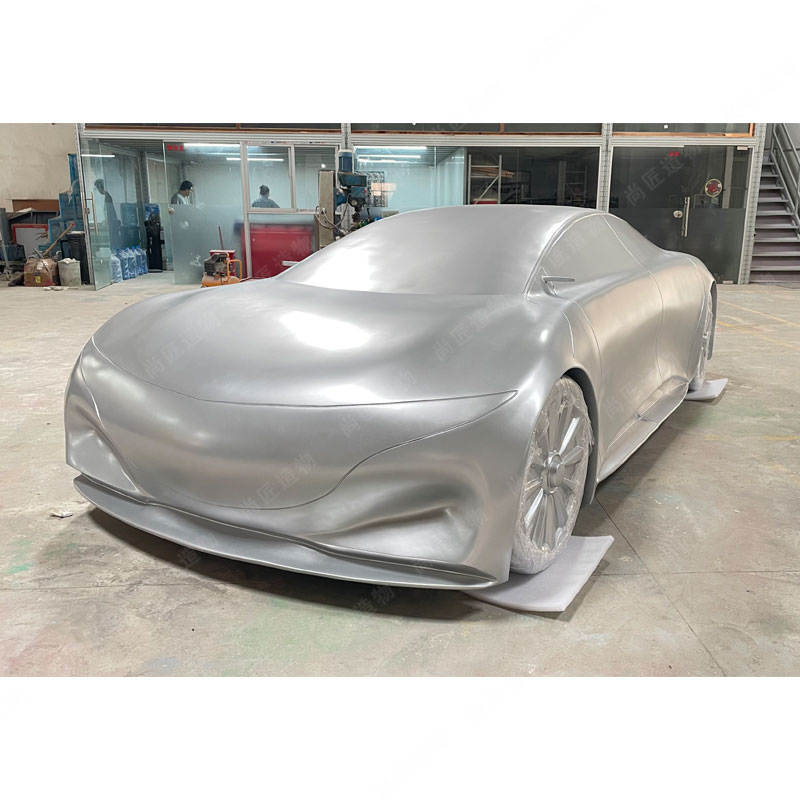
Authentic Representations in Sculpture Form
This authenticity is crucial. Branded mascot sculptures aim to be more than just decorative figures; they strive to be genuine, recognizable embodiments of the mascot character itself. Achieving this requires careful attention to detail. Sculptors meticulously capture the mascot's defining physical traits, expressions, and posture, ensuring the final statue is instantly identifiable to the community it represents. The choice of durable materials like fiberglass sculptureallows for precise shaping and intricate detailing necessary for this realism. When done well, the sculpture becomes an authentic, three-dimensional representation of the mascot, mirroring its appearance as seen in logos, costumes, and marketing. This fidelity is vital because it transforms the statue from a generic object into a true symbol. Seeing a highly accurate, lifelike representation reinforces the mascot's identity and strengthens its connection to the institution. The Augusta University example, featuring a 6-foot-3-inch Augustus statue unveiled at a basketball game, perfectly illustrates how a realistic sculpture serves as this authentic representation.
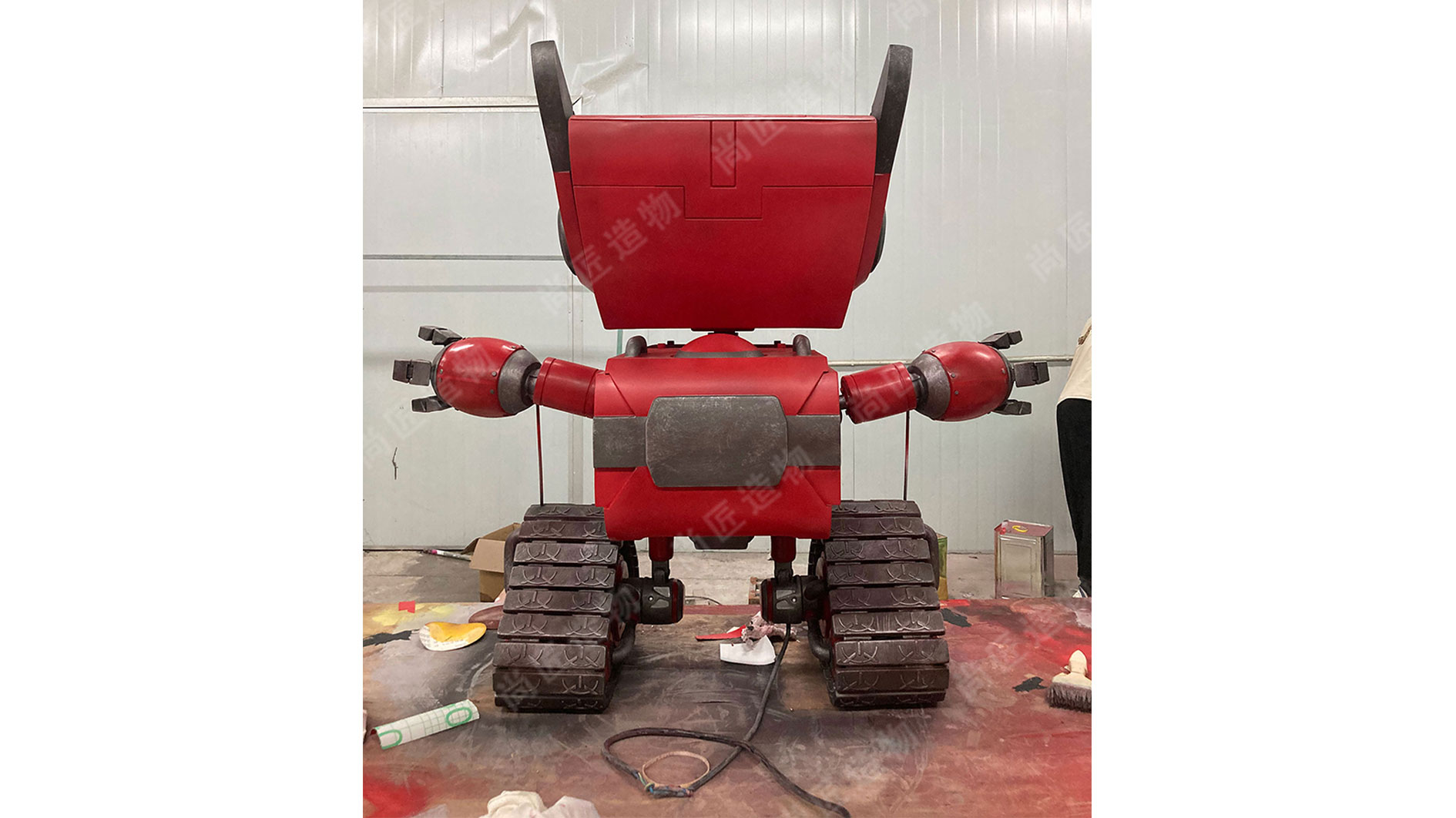
Fostering Spirit Through Lifelike Mascots
Beyond visual appeal, realistic mascot sculptures create a powerful, tangible presence that genuinely sparks spirit and belonging. When a mascot moves from a flat logo or costume into a detailed, three-dimensional form, it becomes something fans can physically gather around, touch, and photograph. This physical interaction deepens the emotional connection. Lifelike features, capturing the mascot's character and energy, make the symbol feel more real and relatable. People naturally identify with these authentic representations, seeing them as a true embodiment of their team, school, or organization's identity. The statue becomes a central meeting point, a backdrop for celebrations, and a constant, proud reminder of shared values and history. This tangible symbol fosters a stronger sense of unity and collective pride than imagery alone ever could, much like a well-designed kinetic sculpturecaptures attention through movement. The investment in such a permanent, high-quality piece signals commitment to that spirit, making the mascot a lasting anchor for community feeling.
Augusta University's Augustus Statue Reveal
Augusta University brought its mascot to life in a major way with the unveiling of a towering Augustus statue. Standing 6 feet 3 inches tall, this branded mascot sculpture was revealed during a high-energy basketball game. The realistic statue captures every detail of Augustus, transforming the beloved character from a sideline presence into a permanent, three-dimensional landmark. This specific unveiling exemplifies how institutions use authentic representations of their mascots. Placing such a lifelike figure in a central campus location instantly creates a powerful focal point. Students, alumni, and fans immediately connected with the statue, gathering for photos and celebrating its presence. It moved beyond being a simple cartoon sculpture, becoming a tangible symbol. The event generated significant excitement, clearly demonstrating how a well-executed, realistic mascot statue can instantly boost visibility and ignite school spirit within the community.
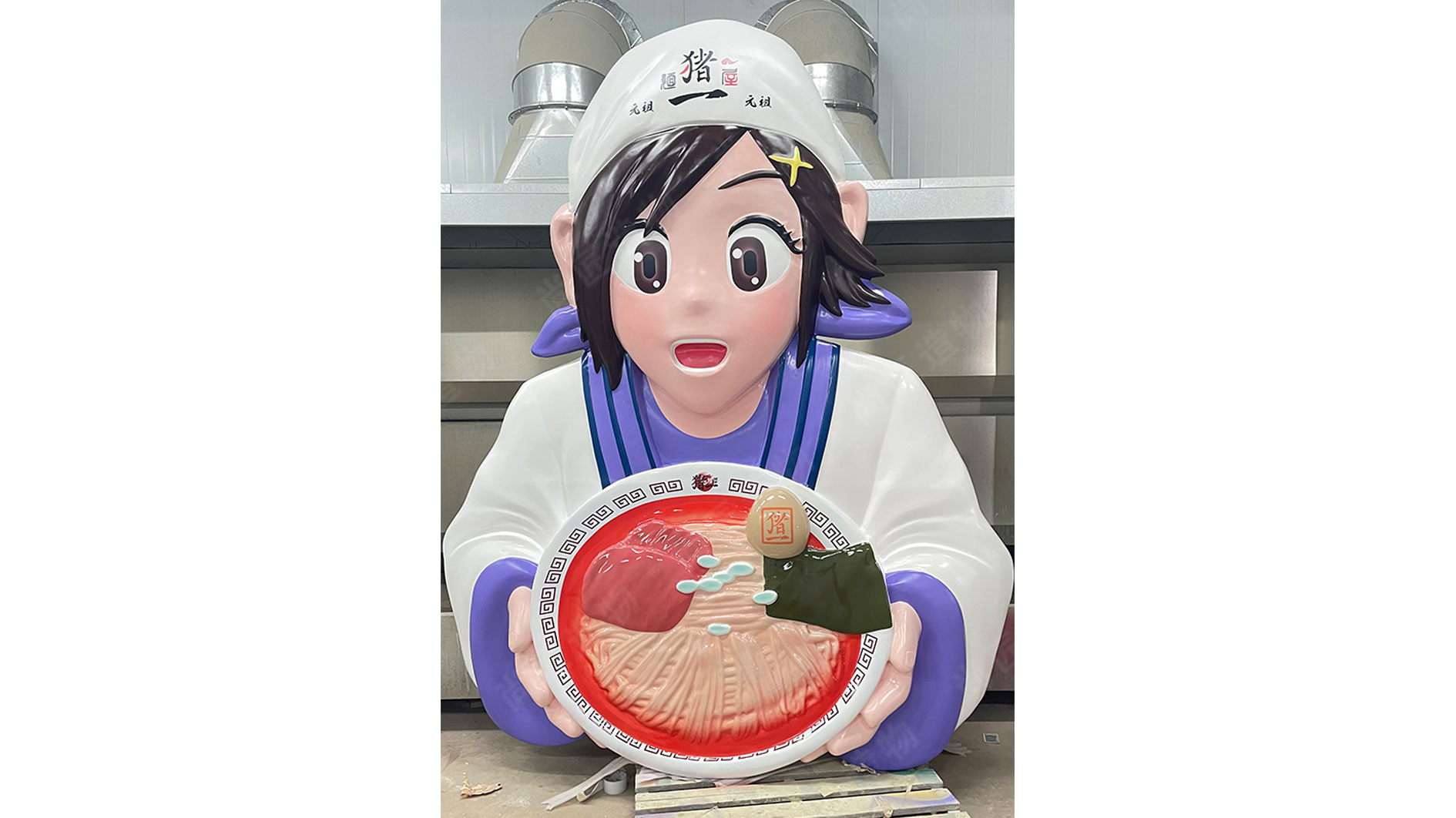
Community Pride Embodied in Sculpture
These large-scale mascot statues quickly become more than just art; they transform into powerful symbols for the people they represent. When a community, like a university campus, sees its beloved mascot rendered in a permanent, realistic sculpture, it creates a tangible focal point for shared identity. The statue becomes a landmark, a backdrop for photos during events, and a meeting spot. Seeing the familiar figure, crafted with such detail and permanence, reinforces a sense of belonging and collective history. For students, alumni, and fans, it's a constant, physical reminder of their connection to the institution and each other. It embodies the spirit they cheer for at games and rallies. Creating such a significant IP character sculpturerequires careful planning to capture the essence that resonates deeply with the community. The result is a lasting emblem of pride, naturally becoming a gathering point that strengthens the bonds between people and the place they call their own.
Mascot Statues as Emotional Connectors
These lifelike sculptures do more than just look impressive; they form powerful heart connections. Unlike flat images, a three-dimensional mascot statue becomes a tangible, permanent landmark people can interact with. Fans naturally gather around it, taking photos and sharing moments. This physical presence turns an abstract symbol into a shared experience, strengthening bonds within the group. Think about the Augusta University crowd uniting around the Augustus statue – it instantly became a focal point for excitement and belonging. Seeing the mascot rendered so realistically evokes strong memories and deepens feelings of nostalgia. It transforms pride from just an idea into something you can literally stand beside, creating lasting emotional ties for students, alumni, and the whole community. This shared landmark becomes a common reference point, reinforcing a collective identity effortlessly.
Symbolic Sculptures for Institutional Identity
Beyond emotional ties, these lifelike mascot sculptures serve as powerful symbols for an organization's core identity. Schools, sports teams, and companies choose statues to visually represent their values, history, and spirit in a tangible way. Think of them as 3D logos standing in the real world. They capture the essence of what the institution stands for, making abstract ideas like tradition or courage feel real and present. This physical form becomes a focal point, something everyone connected to the group can recognize and point to as "us."
Creating a statue requires careful thought. Artists and designers work closely with the institution. They translate the mascot's character and the organization's mission into a permanent visual statement. Every detail matters – the pose, the expression, even the materials used. The goal is an authentic representation that feels true to the mascot's personality and the group's identity. This isn't just art; it's a long-term investment in how the organization presents itself to its members and the wider community. The statue becomes a landmark, a silent ambassador constantly reinforcing who they are.
Conclusion
In essence, branded mascot sculptures bridge the gap between symbol and substance. They turn familiar icons into physical landmarks people can see and touch. This shift from idea to object strengthens community bonds and deepens institutional identity. Lifelike statues, like Augusta University's Augustus, become natural gathering spots. They spark conversations and create shared photo moments. These interactions build a stronger sense of belonging. The statue stands as a constant, silent reminder of shared values and history. It moves beyond decoration, functioning as both an emotional anchor and a clear symbol of the group it represents. This lasting presence makes the mascot sculpture a cornerstone of spirit and pride.
FAQs
People often have practical questions about branded mascot sculptures. Here are some common inquiries answered directly:
How tall are most mascot statues?
Sizes vary greatly. Many stand between 6 to 12 feet tall for visibility. Life-sized versions (like Augusta University’s 6-foot-3-inch Augustus) create approachability, while larger installations command attention in open spaces.
What materials last outdoors?
Bronze and stainless steel handle weather best for permanent displays. Fiberglass offers vibrant colors for lighter installations. Material choice balances durability, cost, and desired artistic detail.
Why invest in a custom sculpture?
Beyond decoration, these statues become community landmarks. They foster tangible school spirit, serve as photo backdrops during events, and create lasting emotional ties for alumni and fans.
How long does creation take?
Timelines differ based on complexity. The process involves design approval, clay modeling, mold making, casting, and finishing. Typically, projects take several months from concept to unveiling.
 ch
ch English
English

